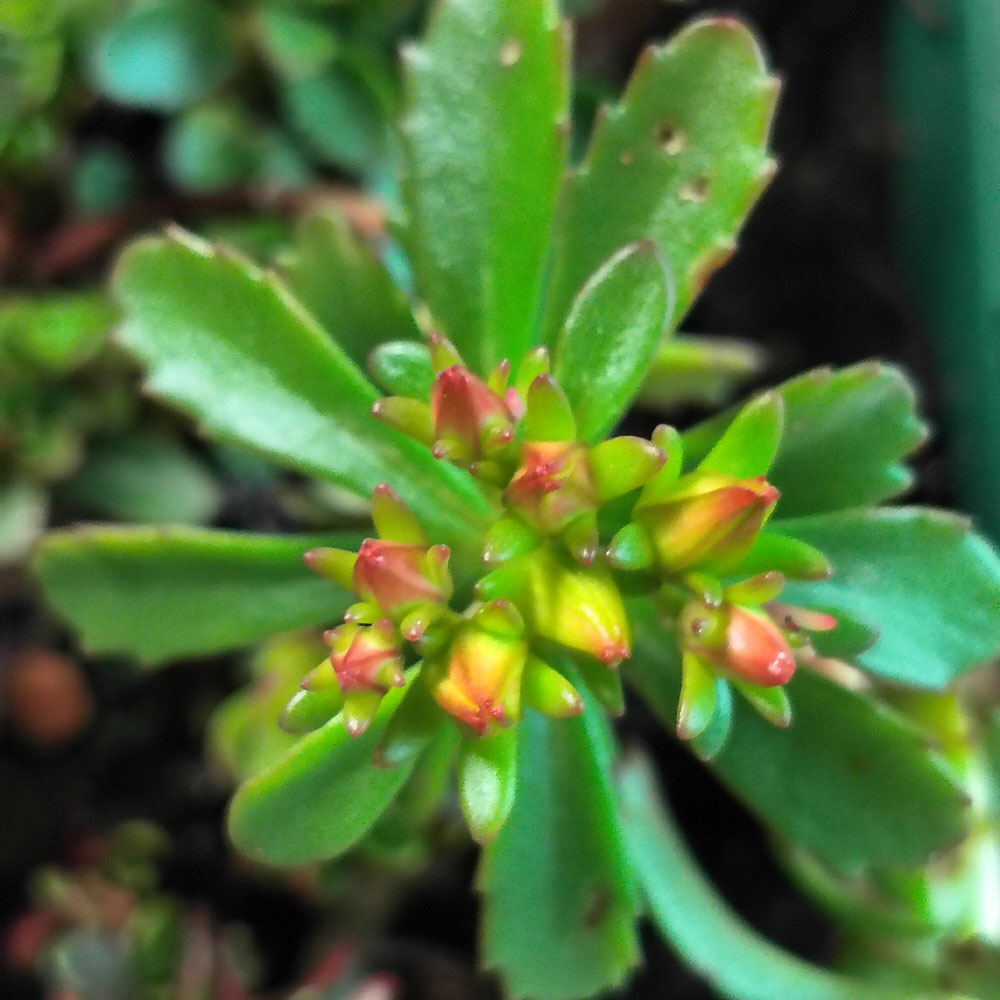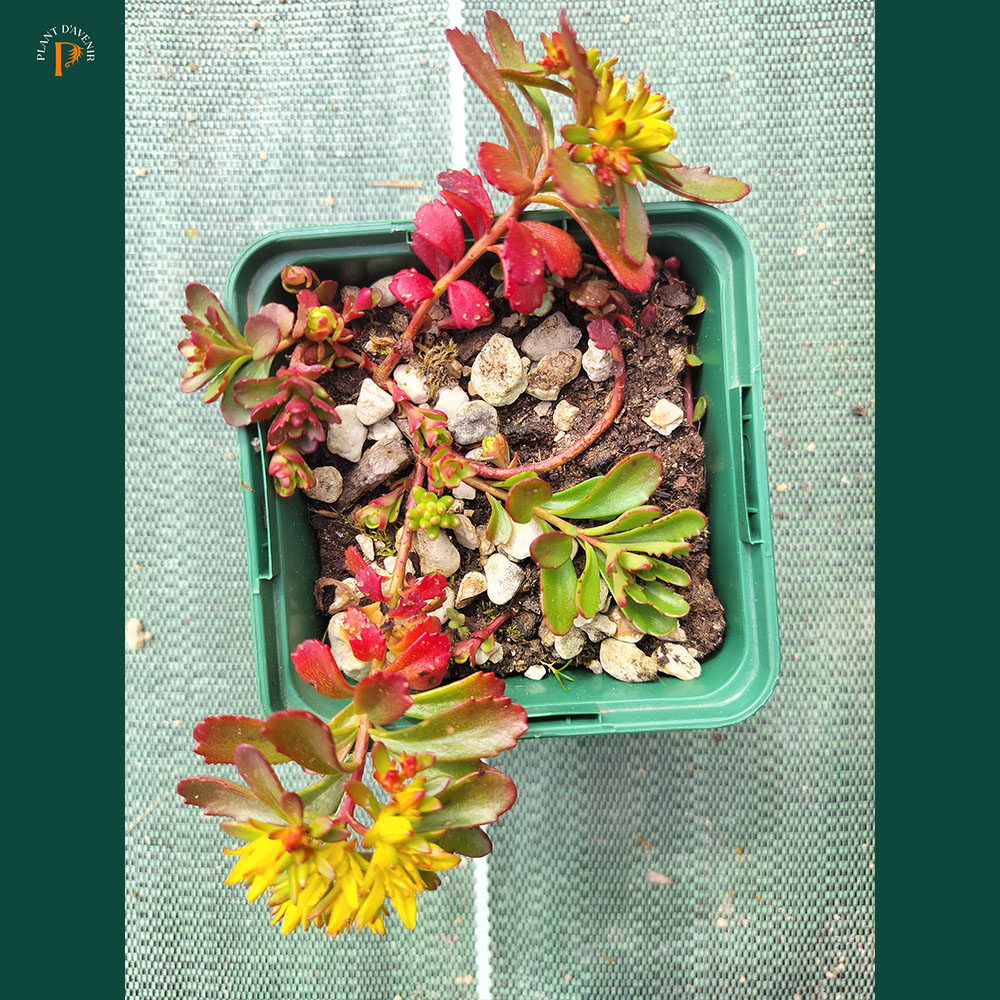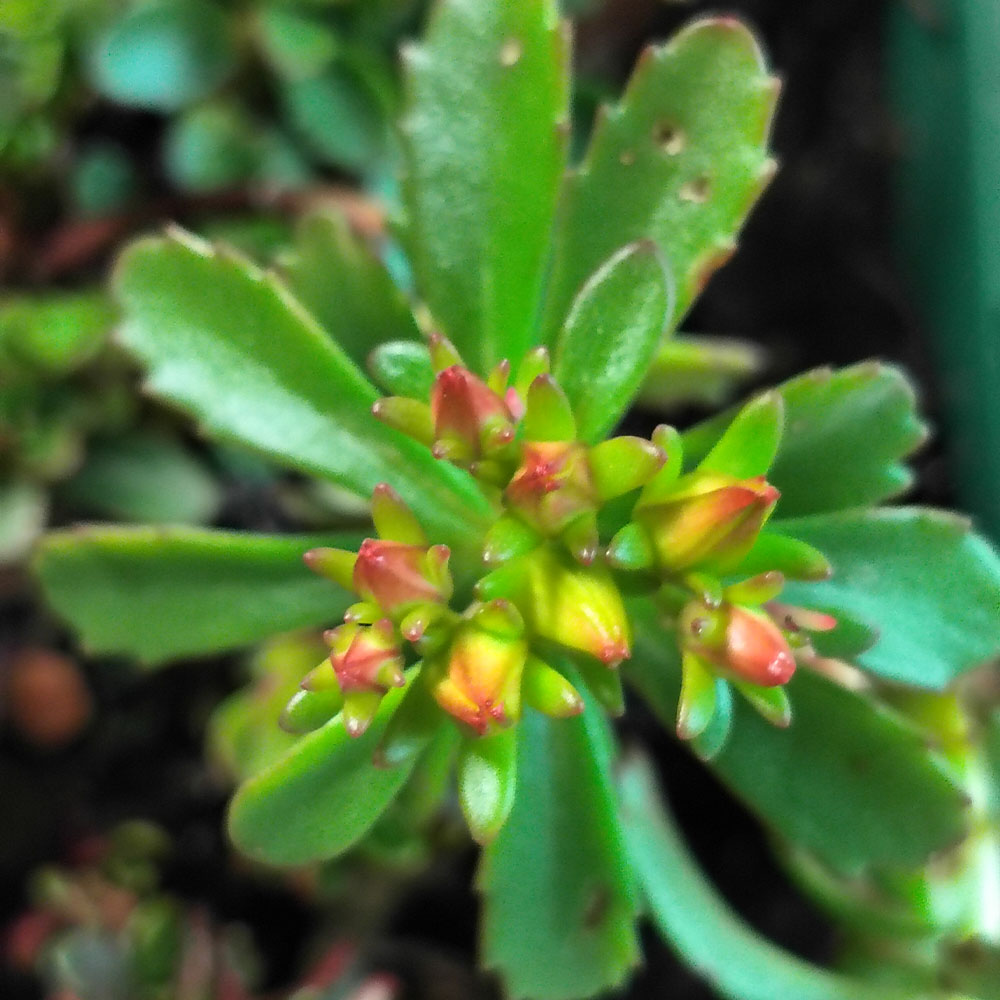-
 4,90 € × 1×€4.9
4,90 € × 1×€4.9
Customer matched zone "Locations not covered by your other zones"
“Sedum kamtschaticum” has been added to your cart. View cart
Sedum kamtschaticum
A multi-colored sedum from the volcanic soils of the Kamchatka Peninsula
Rated 0 out of 5
0 customer reviews4,90 €
Only 36 item(s) left in stock!
Tags: couvre sol, evergreen, feuillage persistant, fleurs, perennial, persistant, vivace, vivace en pot, xeriscaping
SKU: pda201
Category: Balcony-Friendly, Bees and Butterflies, Evergreen, Frost Hardy, Ground Cover, Rewild

Sedum kamtschaticum
4,90 €
Only 36 item(s) left in stock!
Phedimus kamtschaticus or Sedum kamtschaticum is a hardy perennial succulent known for its resilience and magnificent seasonal color-shifting abilities.
The flowers – clusters of bright yellow, star-shaped flowers that are attractive to pollinators.
And it loves the sun – and it looks great in the sun.
👨🌾GARDENING TIPS👨🌾: Sedum kamtschaticum
Perfect for rock gardens, alpine gardens, container planting, hanging baskets, or mixed succulent displays.
Combines beautifully with other Sedum species, Sempervivum, and Crassula for textured succulent arrangements.
Minimal maintenance is required, with occasional pruning to maintain shape and remove spent flower stems.
Learn more about caring for your Sedum:
The Tales & The Botany: Sedum kamtschaticum
Originally from the volcanic soils of the Kamchatka Peninsula – the most farthest East you can imagine inside Russia, then turn north – this low, spreading sedum will form a solid mat of foliage that will cover rocks, slopes, walls, paths, anything really.
As a ground cover, it helps with soil erosion control and weed suppression and its flowers support pollinators, contributing to the local ecosystem’s health.
Generally speaking, there are very few multi-tasking plants that thrive in volcanic soil and look fabulous doing it. So this one deserves our respect.
Genus name comes from the Latin word sedeo meaning to sit in reference to the general growing habit of many of the sedums (they sit and sprawl over rocks). Living the easy life they are.
Specific epithet means false. Though its use here is unclear… false sitting doesn’t make a whole lot of sense does it, would that be standing?
🌸 Floral Morphology: Sedum spurium
Sedum kamtschaticum a low-growing, mat-forming succulent in the Crassulaceae family, with slender, needle-like, glaucous blue-green leaves arranged along trailing stems.
In summer, the plant produces small, star-shaped, yellow flowers clustered in loose inflorescences (cymes).
Flowers are actinomorphic and hermaphroditic, with five sepals and five petals, and a superior ovary.
The fleshy, water-storing leaves give the plant its resilience under drought and help maintain turgor during dry periods.
🧬 Reproductive Biology
Pollination is primarily entomophilous, attracting bees and other small insects. Sedum propagates easily through leaf cuttings or stem offsets, allowing rapid vegetative reproduction.
Seeds are produced in small capsules but vegetative propagation is far more common in cultivation.
The plant exhibits Crassulacean Acid Metabolism (CAM), opening stomata at night to conserve water while allowing photosynthesis during the day.
🦋 Ecology & Cultivation
Sedum thrive in well-drained, sandy or rocky soils under full sun, although it tolerates light shade.
It is drought-tolerant, frost-sensitive, and well-suited for rock gardens, containers, or as ground cover.
The plant is low-maintenance, requires minimal watering, and benefits from occasional pruning to remove damaged or overgrown stems.
Its vibrant leaf colors and compact growth habit make it popular for ornamental gardening and succulent collections.
Other Names
Caucasian stonecrop, Two-row stonecrop
Phedimus spurius
Origin
Kamchatka
Similaire
| Weight | 0,5 kg |
|---|---|
| Flowering | July, August, September |
| Soil | Dry |
| Exposure | Full Sun |
| Frost Tolerance | -25°C to -30°C |
| Size | 0.4m H x 0.6m W |
Reviews
0
Rated 0 out of 5
0 customer reviews5
0
4
0
3
0
2
0
1
0
Only logged in customers who have purchased this product may leave a review.
Related Products
Melissa officinalis
A perennial plant in the mint family that is adored by bees, royal families and tea drinkers.
A perennial plant in the mint family that is adored by bees, royal families and tea drinkers.
Rated 0 out of 5
Mentha x piperita ‘Chartreuse’
A spicy mint, known for its use in the production of liqueurs and herbal teas.
A spicy mint, known for its use in the production of liqueurs and herbal teas.
Rated 0 out of 5
Sedum album
A low, multi-color ground cover.
A low, multi-color ground cover.
Rated 0 out of 5
Kalanchoe daigremontiana
A toothy succulent from Madagascar, known as the Mother of Thousands.
A toothy succulent from Madagascar, known as the Mother of Thousands.
Rated 0 out of 5
Euphorbia cyparissias Clarice Howard
A Euphorbia that resembles a soft little cyprus tree
A Euphorbia that resembles a soft little cyprus tree
Rated 0 out of 5
Cerastium tomentosum var. columnae
A grey-green spreading ground cover from the mountains.
A grey-green spreading ground cover from the mountains.
Rated 0 out of 5
Hellebore argutifolius
Winter flowering perennial with marbled blue-green leaves
Winter flowering perennial with marbled blue-green leaves
Rated 0 out of 5
Echinacea purpurea
A perennial with purple flowers all summer long
A perennial with purple flowers all summer long
Rated 0 out of 5
Trachelospermum asiaticum ‘Ogon Nishiki’
Jasmine with colorful foliage and lovely white flowers in summer
Jasmine with colorful foliage and lovely white flowers in summer
Rated 0 out of 5
Tradescantia Blushing Bride
Gorgeous blushes of pink and white that appear in the coldest nights.
Gorgeous blushes of pink and white that appear in the coldest nights.
Rated 0 out of 5
Erigeron kavinskianus
A daisy-like carpet of flowers
A daisy-like carpet of flowers
Rated 0 out of 5
Stachys byzantina
Silky white-grey leaves and tall striking flowers
Silky white-grey leaves and tall striking flowers
Rated 0 out of 5
Tanacetum densum subsp amani
A shrublet composed of soft, finely divided silvery gray-white leaves.
A shrublet composed of soft, finely divided silvery gray-white leaves.
Rated 0 out of 5
Hieracium maculatum Leopard
A native perennial with blue-green leaves and a tall yellow flower
A native perennial with blue-green leaves and a tall yellow flower
Rated 0 out of 5
Glechoma hederacea
A sweet smelling ground cover, producing little blue flowers all summer long.
A sweet smelling ground cover, producing little blue flowers all summer long.
Rated 0 out of 5
Euphorbia myrsinites
Known for its draping form of silver-gray foliage and radiant blooms.
Known for its draping form of silver-gray foliage and radiant blooms.
Rated 0 out of 5
Vinca minor
Looping elegance and ability to form a low flowering ground cover
Looping elegance and ability to form a low flowering ground cover
Rated 0 out of 5
Artemisia Valerie Finnis
A semi-evergreen, aromatic variation on the theme of Artemisia.
A semi-evergreen, aromatic variation on the theme of Artemisia.
Rated 0 out of 5
recent view product
Sedum album
A low, multi-color ground cover.
A low, multi-color ground cover.
Rated 0 out of 5
Thymus Coccineus – ‘Creeping Red’
Deep-green, aromatic foliage that is sprinkled with light rose-coloured flowers all summer-long.
Deep-green, aromatic foliage that is sprinkled with light rose-coloured flowers all summer-long.
Rated 0 out of 5
Galium odoratum
A fragrant ground cover with a unique shape
A fragrant ground cover with a unique shape
Rated 0 out of 5
Aster pringlei ‘Monte Cassino’
Exquisite clouds of delicate white flowers.
Exquisite clouds of delicate white flowers.
Rated 0 out of 5
Allium tuberosum
Garlic chives with white flowers
Garlic chives with white flowers
Rated 0 out of 5
















































There are no reviews yet.